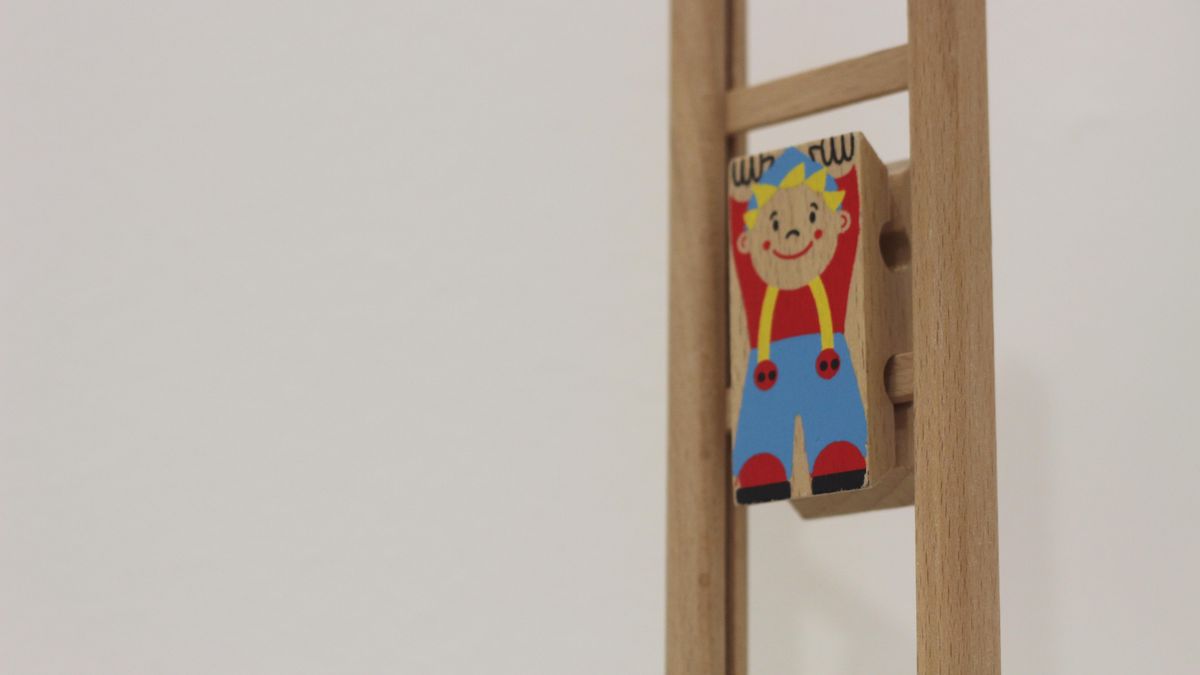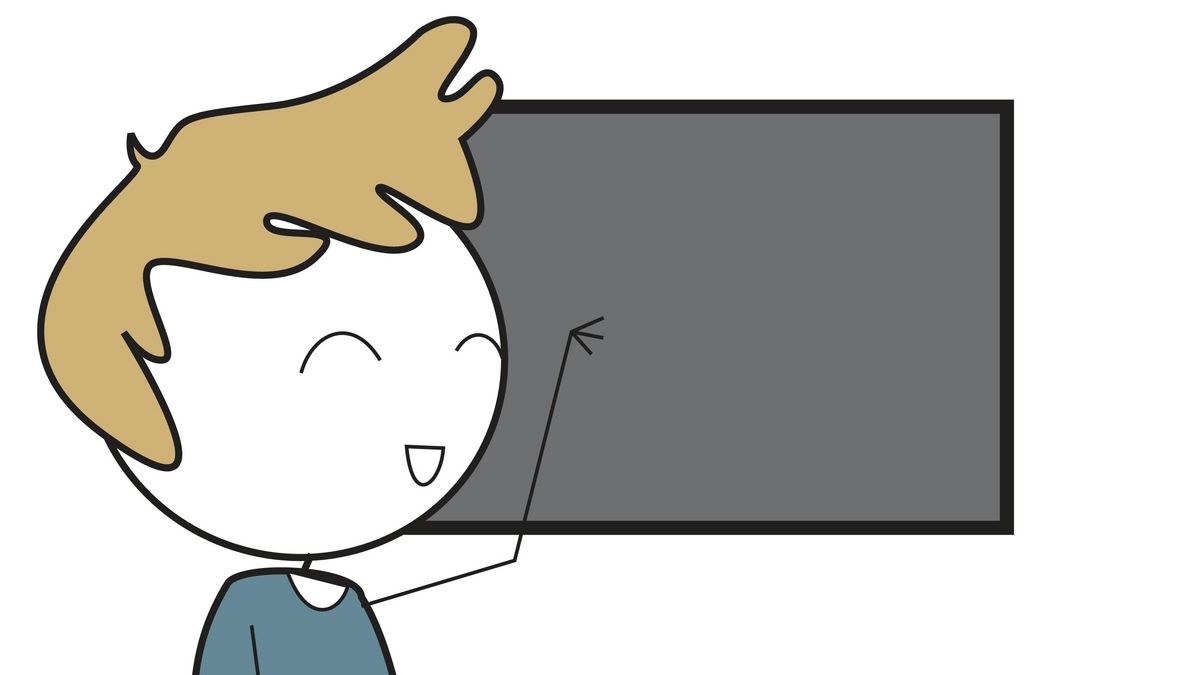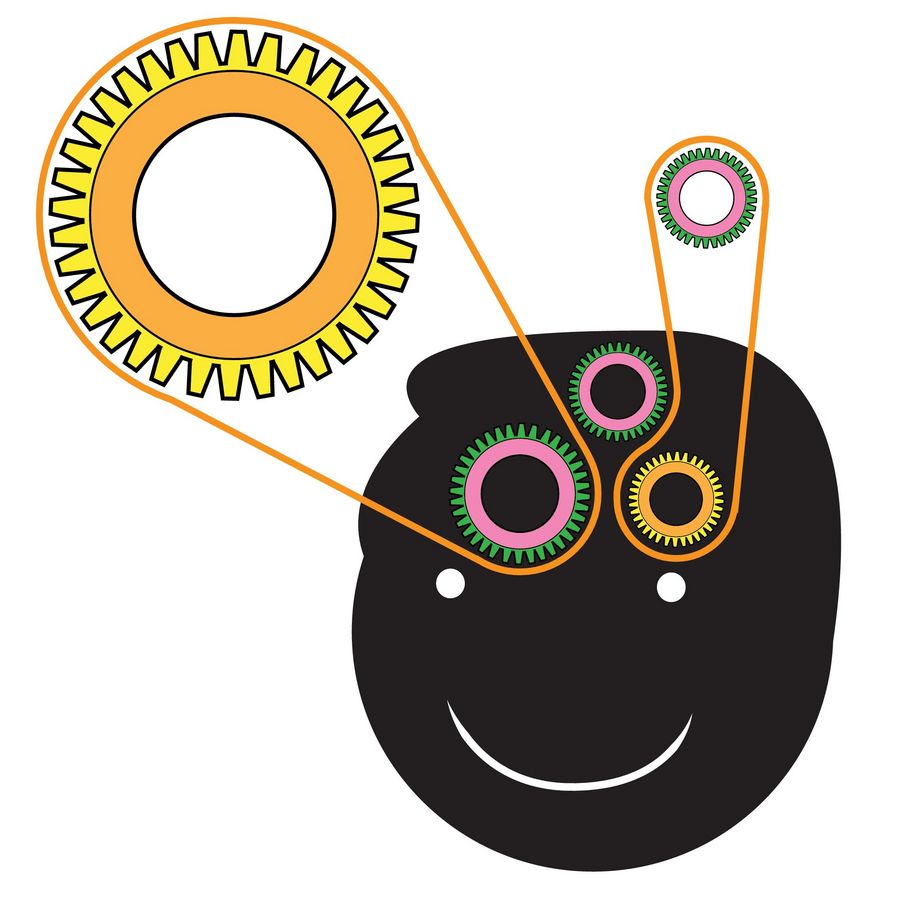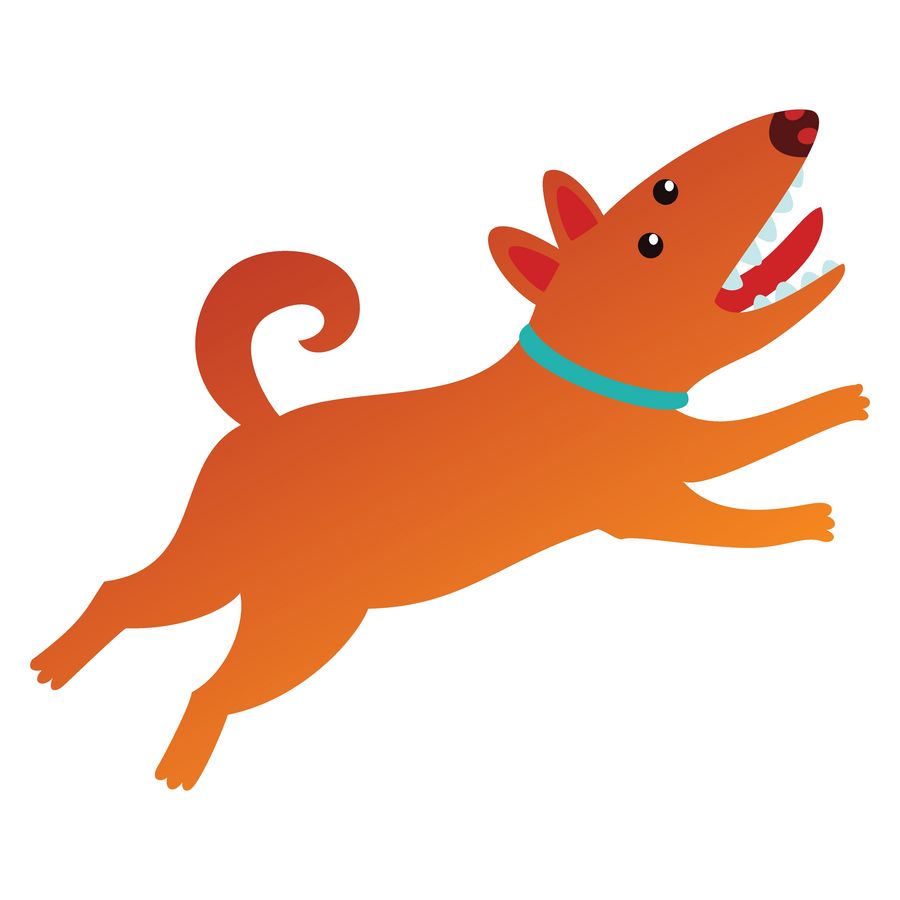Learn more about our cognitive-behavioral therapy techniques.
At the beginning of the therapy process, psychoeducation is provided involving the child/adolescent and the parents. (For young people over the age of 15, therapy without the parent/guardian is possible).
The aim of psychoeducation is to make the children and adolescents experts about their own mental disorder. This is why important features of the disorder are explained. The therapist also provides general information on the conditions of psychotherapeutic treatment. In addition, possible steps of the therapy are considered together.
Cognitive interventions focus on our thoughts. The way we think is strongly connected to the way we feel and behave. Thus, with the help of various methods (e.g., diary techniques), we work together to find out what the children or adolescents are thinking in certain situations and whether, for example, there are other, more helpful thoughts.
Exposure is a very effective therapy technique for example for anxiety and obsessive-compulsive disorders. The goal is that the child consciously faces a certain situation that is otherwise avoided. This approach is based on the idea that it gives the child/adolescent the opportunity to gain new experience of the situation and, for example, to reduce anxiety.
Of course, the confrontation does not occur suddenly and unexpectedly, but is prepared carefully, bit by bit, and accompanied by the therapist. For most children or adolescents, the confrontation is initially associated with anxiety, therefore the procedure and the mode of action of the technique is discussed in detail and the exposure is carried out only if the child agrees.
In some mental disorders (e.g. depression), patients no longer enjoy hobbies or other activities. However, since being active usually has a positive effect on one's mood, this therapy technique involves jointly considering which activities might be fun and beneficial for the child/adolescent (e.g., sports, a new hobby...) and how it might be possible to ensure that these activities are carried out (more) regularly.
A child's mental disorder can have an impact on family interactions, for example if it causes more frequent arguments or certain activities are no longer possible (e.g., in anxiety disorders).
Conversely, research also shows that parents' parenting behaviors can influence children's development and behavior, and thus the course of mental disorders. Common challenges parents face are, for example, high stress levels or insecurities in dealing with conflict situations.
Parent training can help to improve the family atmosphere, for example by considering together how to provide opportunities for positive experiences in everyday family life or how parents can "take care" of themselves in order to experience less stress. Practicing helpful behavior in argument situations or topics such as "talking to children about feelings" can also be part of parent training. Parent training usually takes place in a group with other parents, so that people can exchange ideas and learn from each other.




